|
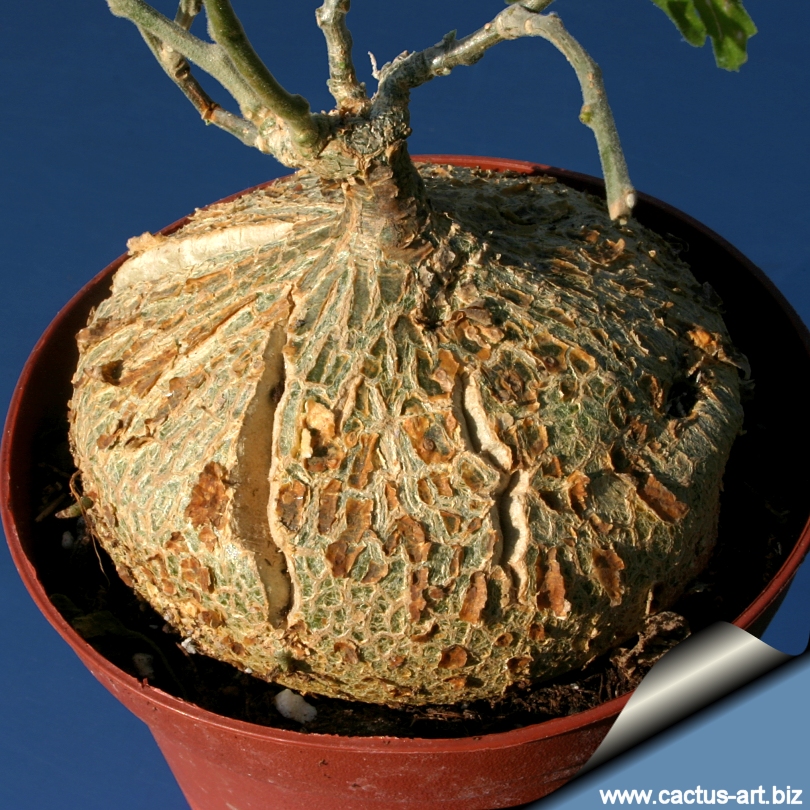
Zygosicyos tripartitus is a wonderful and strange-looking caudiciform.
It belongs to the
Cucurbitaceae a family of plants, including
the well known pumpkin, the watermelon and the melon. |
|
Description: Endangered Madagascan caudiciform plant, with creeper vines characterized by tendrils.
Caudex: Spherical, up to 30 centimeters thick. During the growing season
the caudex plumps and fills out, in contrast to its shrunken appearance
in the Spring.
Stems: Produces green vines which stay leafy at least in mild areas.
The
vine can scramble into a ruffled shrub, the vines are about 1
m long.
Leaves: Tiny, grey-green to green.
Semideciduous, they may look quite
spindly in spring when the plants emerge from dormancy
Flower: About 4-6 mm across, green-yellow, and not very large or
significant
|
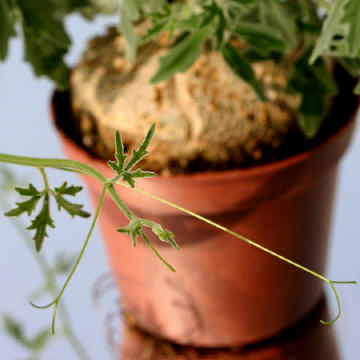 |
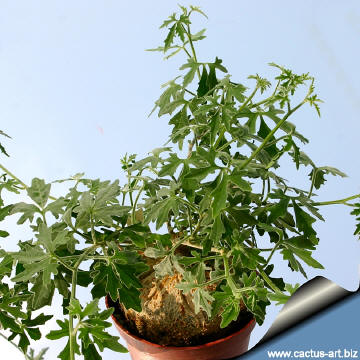 |
|
Cultivation:
This plant can take a good deal of water during active growth, and should be
watered only when not dormant. Keep dryish in winter. This plant should
be over-wintered in the greenhouse at temperatures over 12°C (avoid
letting temperatures drop lower than 5° C).
Use a very draining but rich
soil, and not too much sun. Errors in cultivation may produce unsightly
holes in the tuber.
|
|
Reproduction: Can be reproduced both by cuttings and seeds.
Cuttings
don't normally grow caudexes (but sometimes do!)
Advertising |
|
|
|
Family: Cucurbitaceae
|
|
Scientific name:
Zygosicyos Tripartitus
Humbert
PUBLISHED IN: Bulletin de la Société Botanique de France 91: 168–170, t.
2(1–9). 1944.
TYPE: “vallée de la Vavara, affluent de la Manambolo (bassin du Mandrare),…
700–800 m; vallée moyenne du Mandrare près d'Anadabolava; 200 m.”
Humbert 6746 (male); 12586 (female) (syntype: herb. non desig.)
Keraudren (1966) cites holotype: Humbert 6746.
Origin: Endemic to Madagascar.
Habitat: Mountain slopes.
Etymology:
Zygosicyos comes from the Greek "zygos" (yoked, joined) and "sicyos" (cucumber)
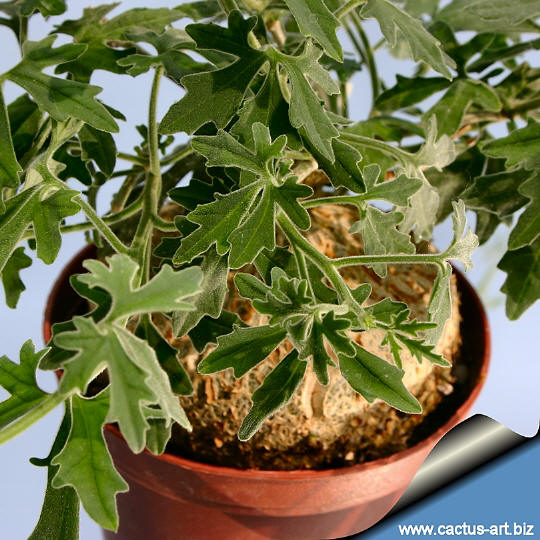
|
|
|
|
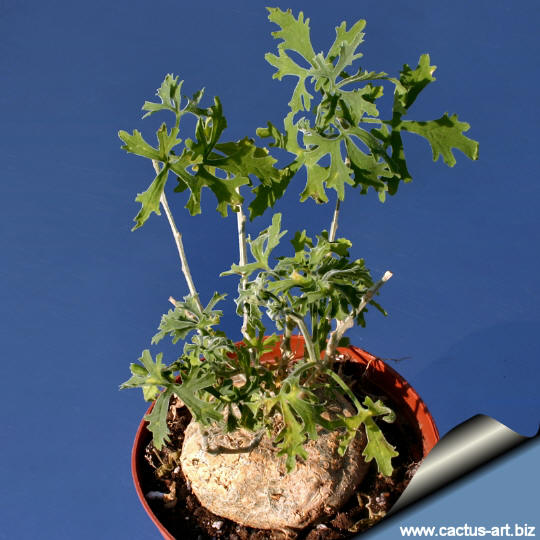

 |
|